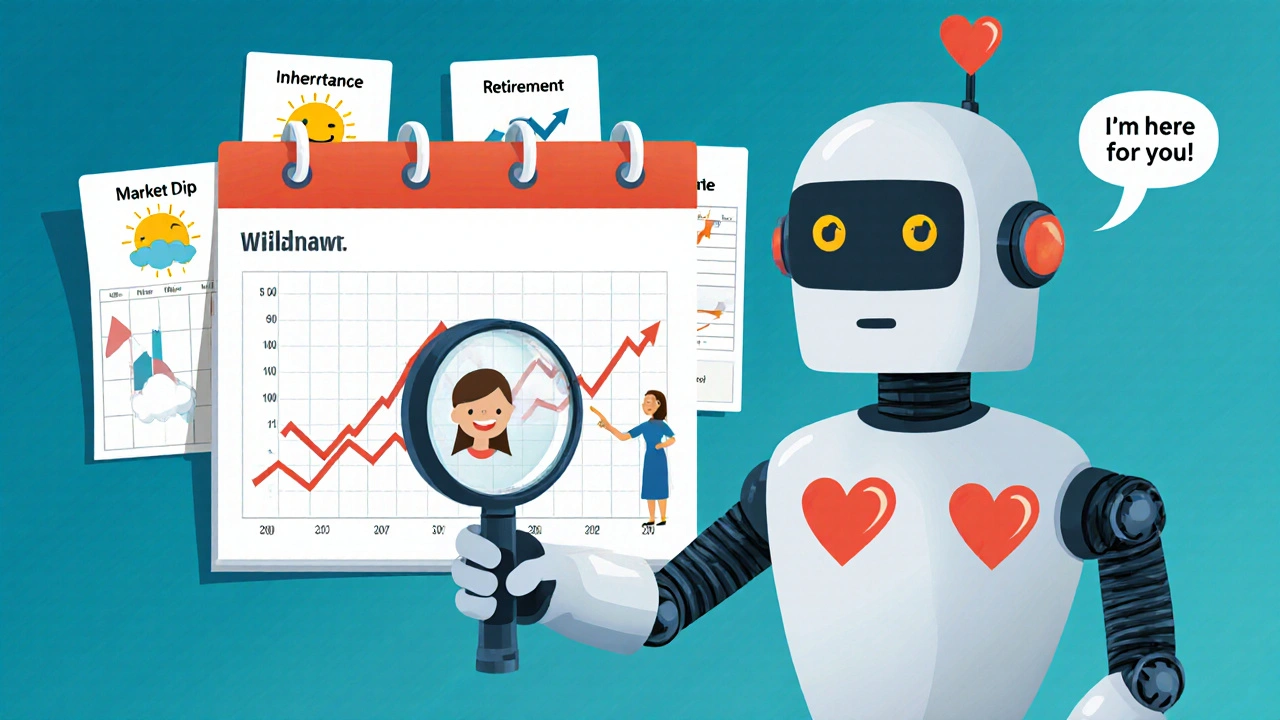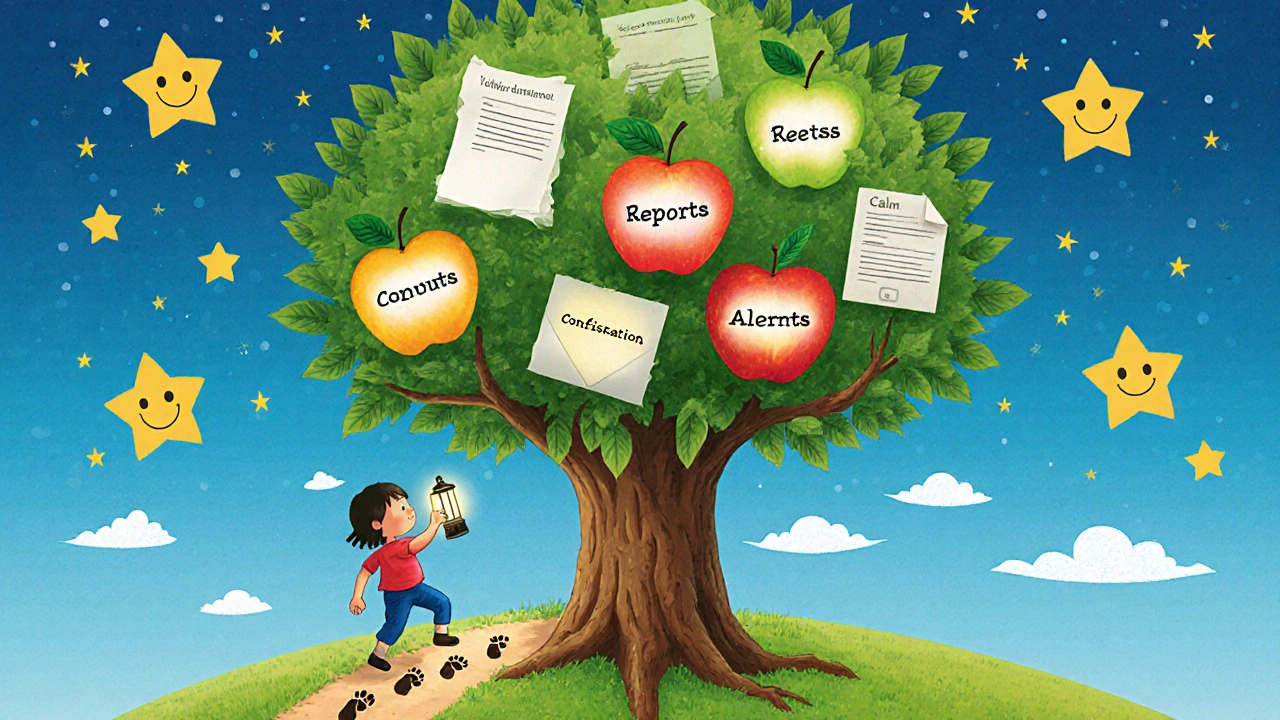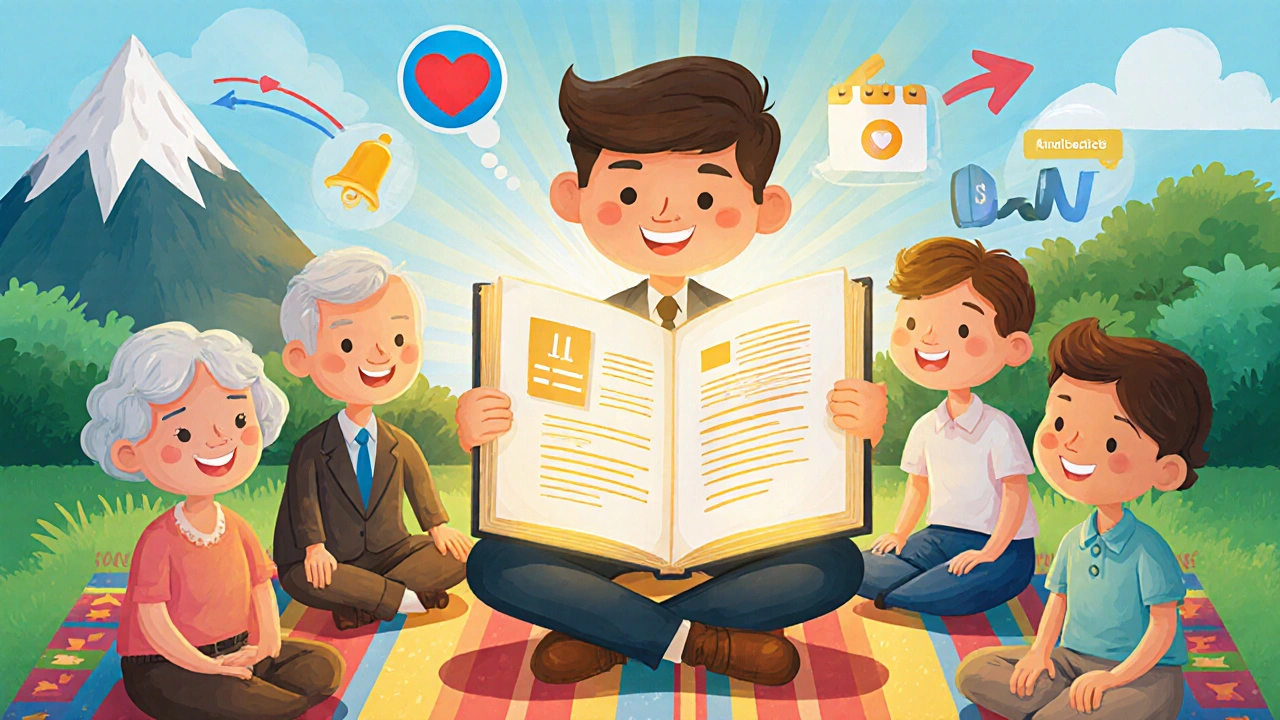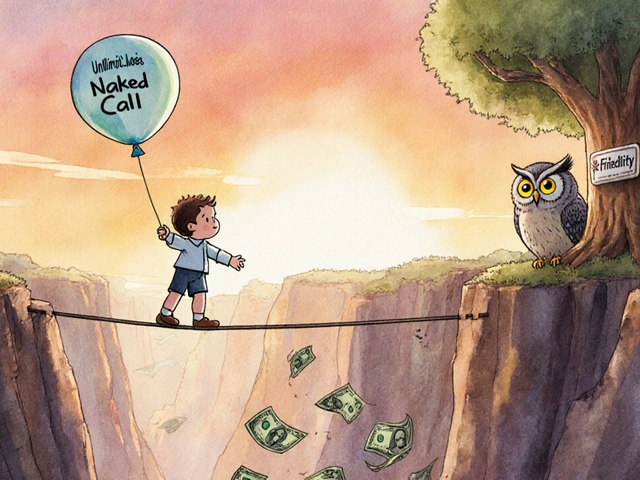Advisor Communication Cadence Calculator
Client Profile Setup
Based on article's tier classification (A: $5M+ assets, B: $250k-$5M, C: <$250k)
Communication Plan Summary
Recommended Cadence
Select client details to see personalized recommendation
Most financial advisors think their job ends when they pick the right investments. But here’s the truth: clients don’t leave because their portfolio lost money. They leave because they never heard from their advisor when it mattered most.
Between 2020 and 2023, 43% of clients who switched advisors cited poor communication as their top reason-far ahead of fees or performance. That’s not a coincidence. It’s a systemic failure. The best advisors don’t just manage money. They manage expectations, emotions, and trust through a deliberate rhythm of meetings, reports, and alerts. This rhythm is called communication cadence-and it’s the single biggest differentiator between advisors who keep clients for decades and those who watch them walk away.
Why Communication Cadence Isn’t Optional Anymore
It’s 2025. Clients have access to robo-advisors, real-time portfolio dashboards, and AI-driven market insights. So why do they still pay $5,000 a year for a human advisor? Because humans provide something algorithms can’t: reassurance.
Research from Cerulli Associates shows that 78% of high-net-worth clients (those with $1 million or more) judge their advisor based on communication quality-not returns. Vanguard’s data confirms it: advisors with a documented communication plan retain 89% of clients. Those without? Just 67%.
Think about that gap. That’s 22 percentage points of client retention earned by showing up consistently. Not by outperforming the S&P. Not by having the fanciest software. Just by being predictable.
And it’s not just about wealth. A 2023 Schwab survey found that clients who received regular updates felt 3.2 times more confident during market downturns. When the market dropped 15% in early 2022, clients who got personalized check-ins from their advisor stayed calm. Those who got silent? Panic-sold.
The Three Pillars of a Strong Cadence
Effective communication isn’t random. It’s structured. And it breaks down into three non-negotiable components: meetings, reports, and alerts.
Meetings: The Human Anchor
Quarterly meetings are the industry baseline for clients with $250,000-$1 million in assets. But that’s not one-size-fits-all. Ultra-high-net-worth clients ($5M+) need monthly touchpoints. Those under $250,000 can do biannual. The key isn’t frequency-it’s consistency.
Top advisors don’t just review numbers. They ask: “How did last quarter’s tax strategy impact your cash flow?” or “Did that inheritance change how you feel about your risk level?”
One advisor in Boulder started sending short video recaps after each meeting-screen-shared portfolio changes with voiceover. His client retention jumped 40% in 18 months. Why? Because clients didn’t just hear updates-they saw their advisor’s face, heard their tone, and felt seen.
Reports: The Proof of Progress
Monthly statements? Fine for traders. But most clients don’t need a daily ticker tape. They need clarity.
Quarterly comprehensive reports are the gold standard. These aren’t PDFs full of charts. They’re narratives: “Your retirement goal is 8% ahead of schedule. Here’s why. Here’s what changed. Here’s what’s next.”
A Moss Adams study found advisors using quarterly reports scored 32% higher in client satisfaction than those who only sent annual summaries. Why? Because progress feels real when it’s shown regularly. Clients need to see the path-not just the destination.
And don’t forget the annual deep-dive. This is where you tie everything together: tax planning, estate goals, insurance gaps. It’s not a review. It’s a reset.
Alerts: The Timely Nudge
Most advisors send generic market updates. “Market dropped 2%. Stay calm.”
That’s noise.
The best alerts are triggered by events-and personalized to the client. Schwab’s guidelines say: if a market move exceeds 2%, send a note. But only if it matters to that client.
For a retiree living off dividends, a 2% drop in tech stocks means nothing. But a 3% spike in interest rates? That’s a big deal-it affects their bond portfolio and mortgage refinance plans.
One advisor uses Orion Advisor Tech to set triggers: if a client’s portfolio deviates more than 5% from their target allocation due to market moves, an alert pops up. He then sends a 90-second video explaining why it happened and what they’ll do next. No jargon. No fluff. Just context.

What Happens When You Get It Wrong
Bad communication isn’t just ineffective-it’s dangerous.
38% of clients over 65 say weekly emails feel like spam. Meanwhile, 47% of clients with $500,000+ want monthly contact. One-size-fits-all kills trust.
And over-automation? Even worse. The CFA Institute found that generic market commentary emails reduce perceived advisor value by 22%. Why? Because clients don’t want a newsletter. They want a partner.
One client left on Trustpilot after months of daily “market updates” that never mentioned his specific tax strategy. “Feels like I’m just a number,” he wrote. That’s the death of advisor-client relationships.
Another failure? Ignoring life events. A client’s parent passed away. He didn’t mention it. The advisor didn’t ask. Three months later, the client moved his account. He told a friend: “They didn’t even care I was grieving.”
Communication cadence isn’t about calendars. It’s about awareness.
How to Build a Cadence That Works
Start by segmenting your clients. Not by assets alone. By behavior.
Group them into three tiers:
- A clients: Top 20% by revenue. Personalized everything. Monthly calls, custom reports, event-triggered alerts.
- B clients: Mid-tier. Segmented templates with personalization fields-like inserting their name, goal, or recent life change.
- C clients: Digital-first or lower-asset. Automated but relevant. Quarterly emails with one personalized line: “Your college fund is on track-great job staying consistent.”
Then map your content:
- Meetings: Focus on goals, emotions, life changes.
- Reports: Focus on progress, benchmarks, next steps.
- Alerts: Focus on relevance-only trigger when it impacts their plan.
Technology helps. Platforms like eMoney, Orion, and Envestnet let you automate 60-70% of routine communication. But don’t let automation replace connection. Use it to free up time for the human stuff.
One advisor cut his weekly communication time from 10 hours to 5-by automating monthly statements and alerts. He used the extra time to call 10 clients just to ask, “How’s your son’s new job going?” That’s the kind of touch that turns clients into advocates.

The Future Is Event-Driven, Not Calendar-Driven
The old model: “Send a report every March, June, September, December.”
The new model: “Send a message when something matters.”
Top advisors are shifting from calendar-based to event-triggered communication. That means:
- Alerting a client when their tax-loss harvesting window opens.
- Reaching out after a job change, divorce, or inheritance.
- Notifying someone when their portfolio hits a milestone-like 10 years of consistent contributions.
Envestnet’s new tool, CadenceIQ, even uses machine learning to predict when a client is likely to feel anxious-based on their past behavior-and nudges the advisor to reach out before they call.
By 2025, 65% of advisor communications will include AI-generated personalization. But here’s the catch: the AI writes the draft. The advisor adds the heart.
That’s the future. Not robots replacing humans. Humans using tech to be more human.
Final Thought: Consistency Beats Frequency
Dr. Meghaan Lurtz’s research at Kansas State found something surprising: clients value predictability more than frequency. They’d rather get a thoughtful message every quarter than five rushed ones a month.
So don’t chase volume. Chase reliability.
Build a cadence so consistent that your clients start saying, “I knew you’d call this week.”
That’s not just good service. That’s loyalty.




This hit hard. I'm an advisor in India, and I used to send weekly market updates like a robot. Clients just ignored them. Now I send one personalized video every quarter-just me saying, 'Hey, I saw your portfolio shifted because of your daughter's wedding. That's smart.' They actually reply now. 🙏
The part about grief being ignored broke my heart. I’ve seen advisors focus so hard on metrics that they forget clients are humans with lives outside their portfolios. One client lost her husband and didn’t hear from her advisor for six months. She said she felt like her marriage was irrelevant to the numbers. That’s not advice-that’s neglect. Consistency isn’t about frequency. It’s about presence.
OMG YES. I work with HNW clients and we just rolled out CadenceIQ last month. AI drafts the alerts but I add the heart-like, ‘Hey, I know your mom’s surgery is this week-your bond allocation is still solid, but let’s chat if you want to tweak the withdrawal plan.’ They cry. Not from stress-from relief. This isn’t finance. It’s emotional engineering. And guess what? Referrals are up 70%. Stop sending newsletters. Start sending humanity.